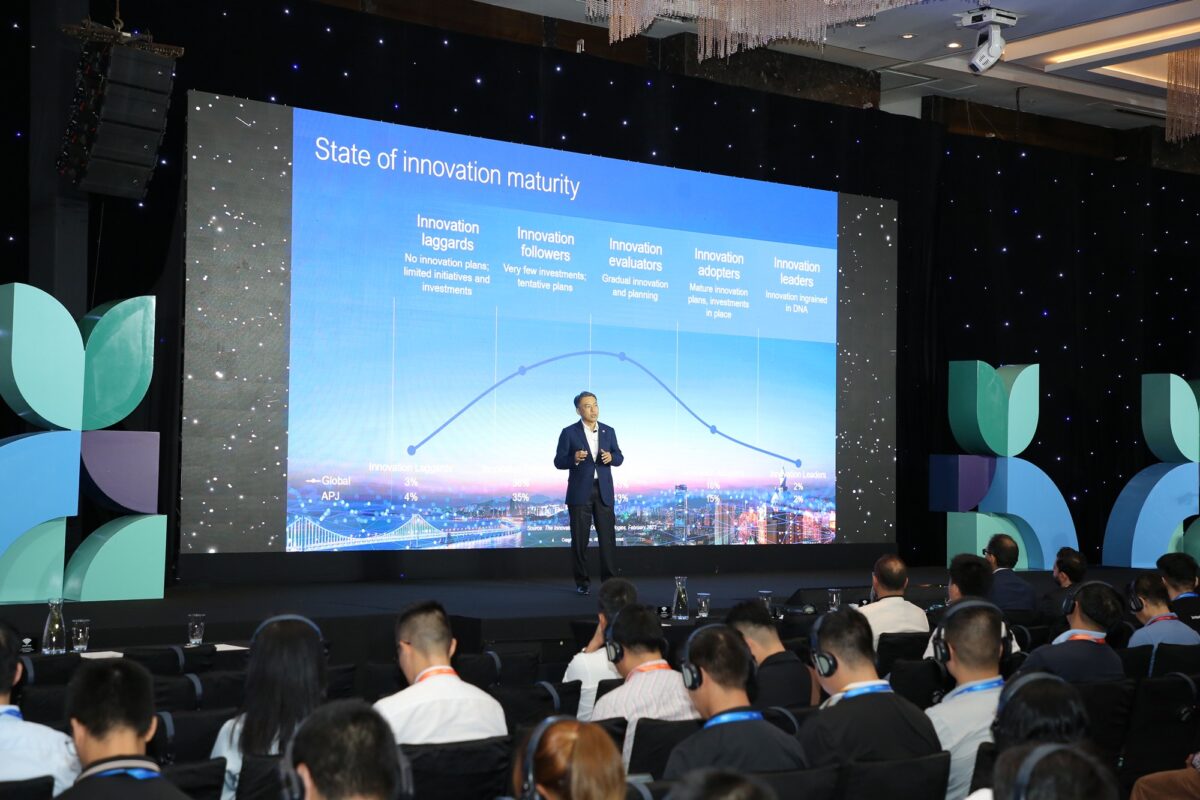Dell Technologies’ research: Just 17% of Organisations in Asia Pacific & Japan (APJ) Are Innovating Effectively

The Dell Technologies Innovation Index reveals 60% fear their organisation could be irrelevant in 3-5 years, based on the health of their innovation pipeline and culture. A new global study, polling 6,600 employees across 45+ countries, illustrates why innovation is business critical and how organisations should harness their people, processes, and technologies to innovate effectively. The APJ study polled 1,700 employees in Australia and New Zealand, India, Japan, Malaysia, Singapore, South Korea and Thailand.
Innovation is business critical
Through assessing organisations, respondents are placed on an innovation maturity benchmark ranging from Innovation Leaders to Innovation Laggards. Per the analysis, just 17% of organisations in APJ can be defined as Innovation Leaders and Adopters. They have an end-to-end innovation strategy and are well placed to navigate headwinds coming from a global recession, supply chain issues, environmental impacts and more, and continue to grow.
In APJ, they are 2.1x more likely to accelerate their innovation during a recession than Innovation Followers and Laggards (who are more likely to decelerate). This “innovation resilience” (i.e., determination and ability to innovate during tough times) is credited as part of the reason why in APJ, Innovation Leaders and Adopters are 2.1x more likely to experience high levels of revenue growth (15%+ expected annual revenue growth in 2022) than Innovation Laggards and Followers.
As the innovation maturity curve demonstrates, majority of organisations lack a defined innovation strategy (Innovation Laggards and Followers) or are struggling to make gains (Innovation Evaluators). The Innovation Index is a snapshot in time. Organisations can improve by priming their people, processes, and technology for innovation.
“To keep up with the rapidly changing global landscape, companies in APJ should look at prioritising innovation alongside managing the day-to-day running of their business. Organizations often think it’s always to do with a big idea. They’re waiting for the next disruptive moment. However, small, practical ideas can create a ripple effect that leads to greater productivity, profitability, and purpose,” said Peter Marrs, President, Asia Pacific and Japan, Dell Technologies. “Business leaders can do this by aligning innovation projects with their company goals and nurturing a culture of curiosity.”
People-primed innovation
Organisations need help to develop an innovation culture where all ideas can make a difference and learning through failure is encouraged, based on the following findings:
- In APJ, 59% of respondents believe people leave their company because they haven’t been able to innovate as much as they hoped they would.
- In APJ, 63% say aspects of their company’s culture is holding them back from being as innovative as they want to be / can be.
Company culture is set and modelled by leadership but 73% of respondents in APJ say their leaders are more inclined to favour their own ideas. Some of the top-cited personal barriers to innovation are a fear of failure and a lack of confidence to share ideas with leaders.
Process-primed innovation
Similarly, the Innovation Index reveals that businesses are struggling to embed a structured, data-driven innovation process to realise innovation across the organisation. Key findings include:
- Only 28% of IT Decision Makers say all their innovation efforts are based on data.
- Only 46% of APJ organisations are aligning innovation projects to company goals. It’s likely, this lack of process and strategy is part of the reason why organisations are struggling to prioritise innovation: the top-cited barrier to innovation impacting teams is a lack of time to innovate due to overwhelming workloads. In APJ, 40% of respondents perceive a lack of time to innovate due to workload as a main barrier hindering their peers’ / team’s ability to innovate.
Technology-primed innovation
The study findings point to the power of technology to enable innovation and the consequences of falling behind.
The vast majority in APJ – 84% – are actively seeking out technologies to help them realise their innovation goal. Conversely, 58% of respondents in APJ believe their technology is not cutting-edge and fear they will fall behind their competitors.
The study explores where organisations are making gains and facing obstacles, across five technology catalysts for innovation: multicloud, edge, modern data infrastructure, anywhere-work, and cybersecurity. In nearly all areas, the greatest stumbling block to unlocking that potential is complexity. For instance, too many organisations have arrived at a multicloud environment by happenstance — an amalgamation of cloud platforms, apps, tools, etc. The complexity is costing organisations time, money and precious opportunities to innovate.
These struggles are evident in the top-cited global technology obstacles to innovation:
- Growing cloud costs
- Difficulties integrating the overall business architecture with the IT infrastructure architecture
- Time and money spent to migrate apps to new cloud environments
- Cybersecurity threats and insecure edge devices
- Lack of IT infrastructure to meet and process data at the edge
To support organisations on their innovation journey, Dell Technologies will share “lessons from Innovation Leaders and Adopters.” Visit www.dell.com/innovationindex for more information and read our executive summary report.

 Xem Tiếng Việt
Xem Tiếng Việt 

